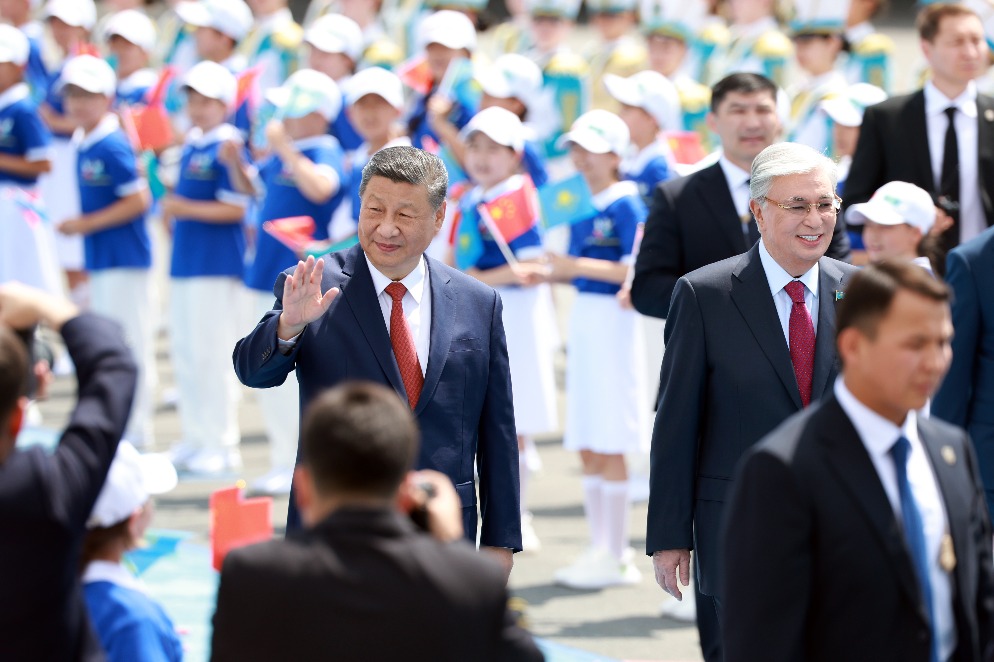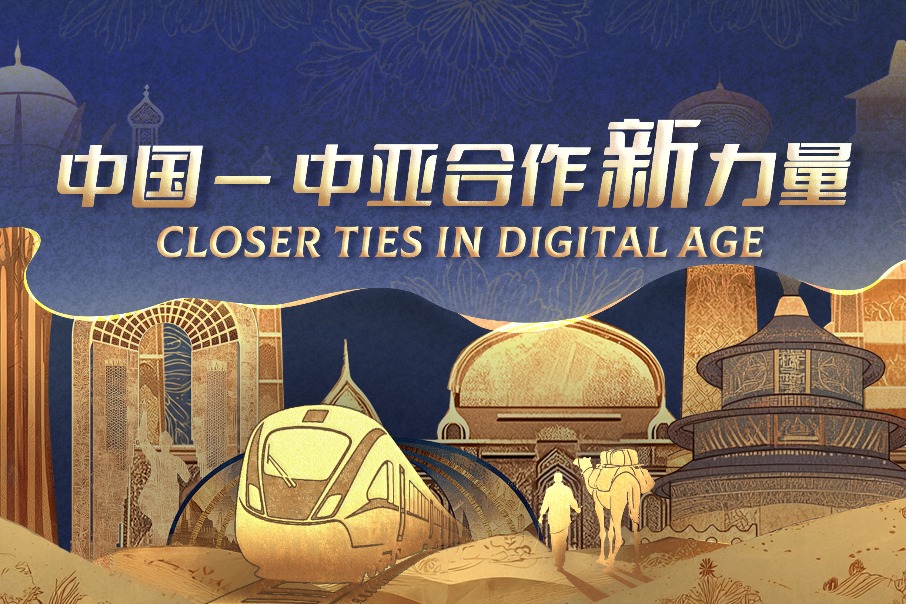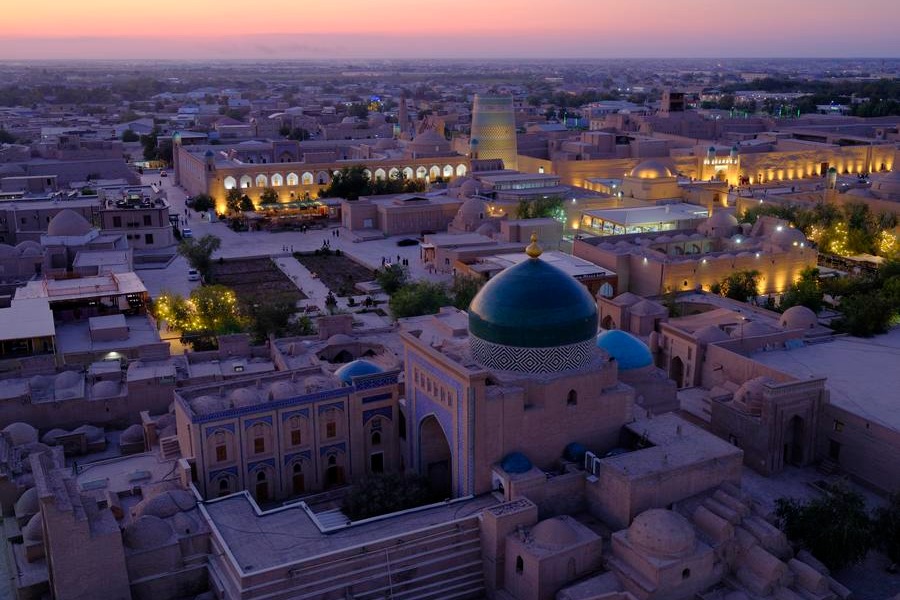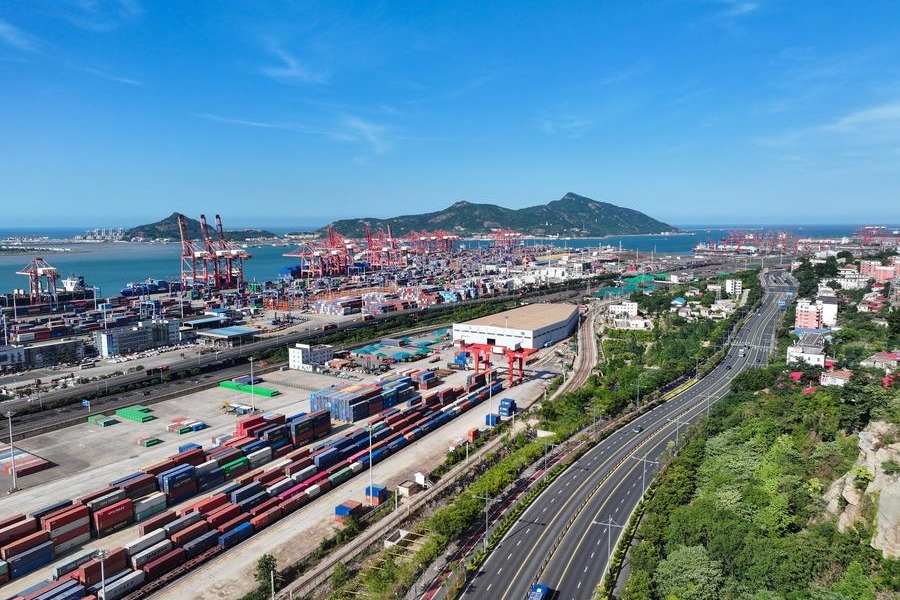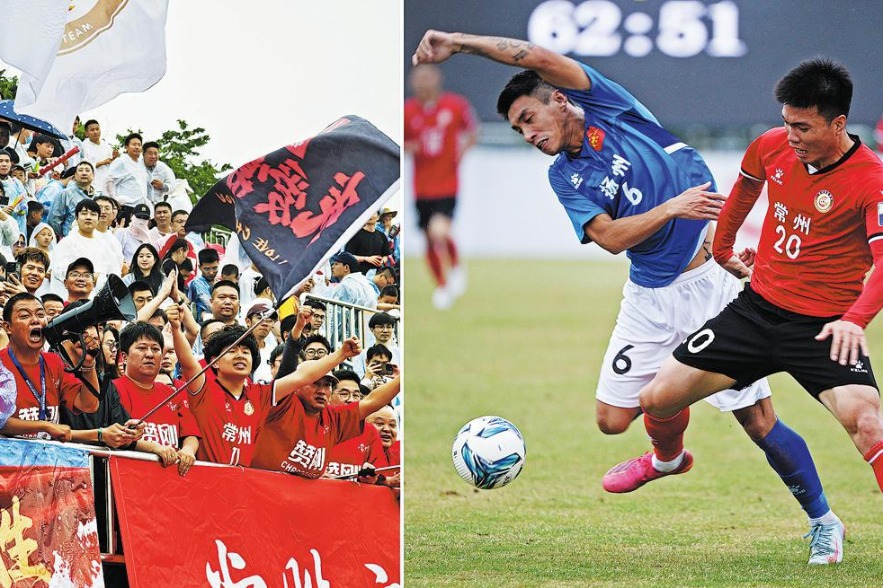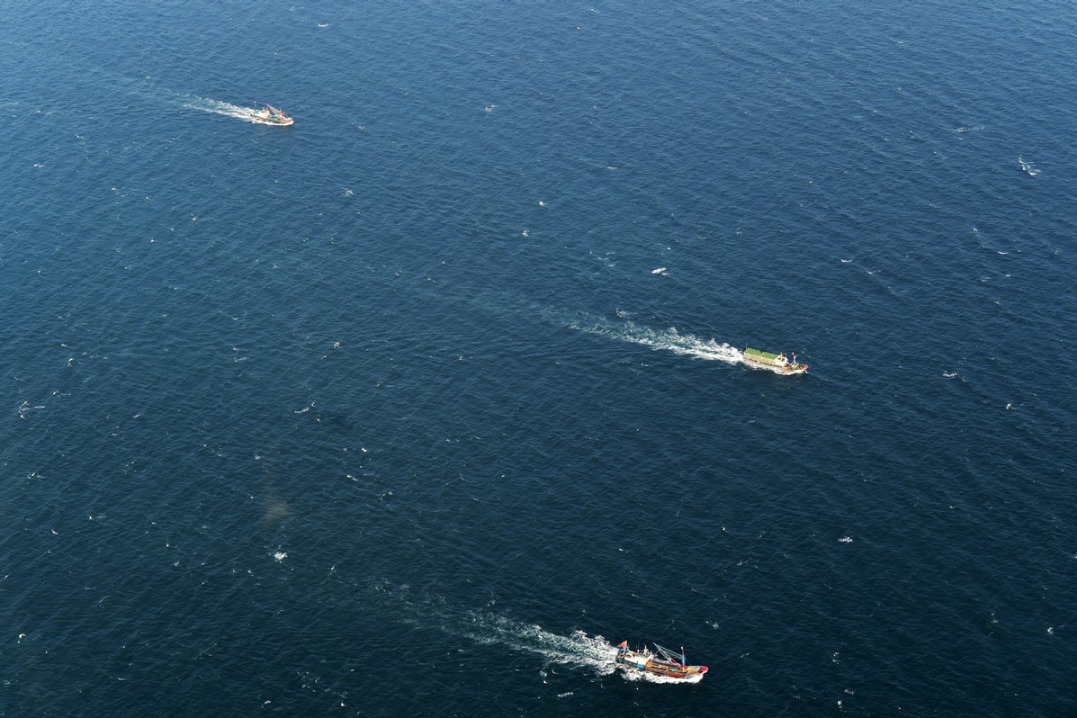Philippines has important role in BRI


Globalization is at its peak, and mega-projects in collaboration with many countries despite geographical barriers are underway. With this in mind, a delegation of social scientists from the Ateneo de Manila University in the Philippines visited China to understand the Belt and Road Initiative. Coming from the recent BRI summit held on May 15 and 16 in Beijing and attended by President Rodrigo Duterte, this trip was expected to deliver academics a deeper perspective of how the Philippines stands to benefit. The delegation also took an opportunity to listen and exchange views with academics from the Sun Yat-Sen University on the BRI.
The prime goal of China in pursuing BRI is to improve ties and stimulate growth and development along its geographic domain. It will link Asia to Europe and Africa by tracing the historical Silk Road and providing a maritime counterpart. This initiative will shelter about 60 developing economies with representing almost 4 billion people, 65 percent of land trade and 30 percent of water trade with a total value of $21 trillion. Early gainers from this include Kenya, which just opened its first fast-train service from the capital Nairobi to its Mombasa port. China funded its construction cost of $3.8 billion through a loan with China Export-Import Bank, which will ultimately attach to other countries in East Africa. The project was completed six months ahead of schedule, with construction completed in two-and-a-half years and covering 610 kilometers of track. Within China, BRI has now developed the central economic growth strategy, as strategies to promote it across the country have been released. According to our Chinese colleagues, in terms of scope and significance BRI is now similar to the 1978 economic reforms which opened China to the world.
By the sheer scope and span of this initiative, it appears rational for the Philippines to take part. According to our SYSU counterparts, China has an excess of capital and is undergoing industrial overcapacity. It also has rich experiences in infrastructure construction. This means it has engineering and financial resources to contribute to countries’ infrastructure development. With the Philippine Development Plan fixated on infrastructure development, these resources are invaluable. Furthermore, with US foreign policy shifting toward protectionism, there seems to be a rebalancing of economic power toward the East. BRI seems to provide a practicable trade alternative against the emerging protectionism of the US.
Despite these positives, exchanges with SYSU counterparts show BRI is not without its challenges. In particular, it is unclear how much China will be able to afford, considering a number of developing countries across the BRI’s path may be willing to tap its expertise and finances. It is also unclear what kind of institutional arrangements will form the basis of the BRI and its relationship with other trade arrangements, such as the Asia Pacific Economic Cooperation, the Regional Comprehensive Economic Partnership with the ASEAN and its various free-trade agreements with different countries.
With these observations and developments in the Philippines, participants in the BRI need both pragmatism and far-sightedness. Pragmatism because the global economic order is shifting, and far-sightedness because we need to be open to other trading partners in finding new markets and new value chain linkages for our economy.
The expected rise in property values tied to projects under the Belt and Road Initiative makes it a significant driver in the Philippine real estate market over the coming periods, according to real estate consultancy firm Santos Knight Frank. The initiative is a global policy on infrastructure development and economic cooperation advanced by China.
Chinese cross-border capital investments to the Philippines under the Belt and Road Initiative will be instrumental to expand trade, build critical infrastructure and provide greater employment to sustain the country’s growth momentum.
China is already the Philippines’ biggest trade partner under the BRI. With the $1 trillion worth of investments expected under the whole initiative, the Philippines will gain greater access to cross-border capital and sustain its robust economic growth.
Janine M. Altares is a graduate student in international trade from Cebu University in Cebu, Philippines.
The opinions expressed here are those of the writer and do not represent the views of China Daily and China Daily website.


















